How the makers of M&M's tried and failed to make their chocolate green
‘Anytime someone bites on a chocolate bar in the United States, a tree is being cut down,’ Eric Agnero tells Steven Mufson

Your support helps us to tell the story
From reproductive rights to climate change to Big Tech, The Independent is on the ground when the story is developing. Whether it's investigating the financials of Elon Musk's pro-Trump PAC or producing our latest documentary, 'The A Word', which shines a light on the American women fighting for reproductive rights, we know how important it is to parse out the facts from the messaging.
At such a critical moment in US history, we need reporters on the ground. Your donation allows us to keep sending journalists to speak to both sides of the story.
The Independent is trusted by Americans across the entire political spectrum. And unlike many other quality news outlets, we choose not to lock Americans out of our reporting and analysis with paywalls. We believe quality journalism should be available to everyone, paid for by those who can afford it.
Your support makes all the difference.Mars Inc, the maker of M&M’s, Milky Way and other stalwarts of the nation’s Halloween treat bag, vowed in 2009 to switch entirely to sustainable cocoa to combat deforestation, a major contributor to climate change.
But the firm and other global chocolate makers are far from meeting that ambitious goal. Over the past decade, deforestation has accelerated in West Africa, the source of two-thirds of the world’s cocoa. By one estimate, the loss of tropical rainforests last year sped up more in Ghana and Ivory Coast than anywhere else in the world.
“Anytime someone bites on a chocolate bar in the United States, a tree is being cut down,” says Eric Agnero, an environmental activist in Abidjan, the capital of Ivory Coast. “If we continue like that, in two, three, four years there will be no more forests.”
Worldwide, the pace of deforestation is alarming. In 2017, 40 football fields of tropical forests were lost every minute, spurred by growing demand not only for cocoa, but also for palm oil, soybeans, timber, beef and rubber, according to Global Forest Watch, a nonprofit organisation with online data and tools for gathering and monitoring forests.
Recent wildfires have focused attention on the Amazon rainforest in Brazil, but West Africa is another major trouble spot. Ivory Coast has lost 80 per cent of its forests over the past 50 years. And in Ghana, trees have been chopped down across an area the size of New Jersey, according to an estimate by the minister of lands and natural resources.
Although illegal mining accounts for some of the destruction, much of it is the work of hundreds of thousands of poor cocoa farmers seeking to expand their plots by felling mature trees, often in national parks and protected forests.
Left to rot, those trees no longer capture and store carbon dioxide but instead release it into the atmosphere. According to the Woods Hole Research Centre, tropical deforestation is currently responsible for about 10 per cent of global greenhouse gas emissions.
The failure to make progress against deforestation has tarnished the image and credibility of the chocolate industry at a time when it is already under fire for its practices in West Africa. The Washington Post reported in June about the use of child labour in West African cocoa fields, which has persisted despite promises decades ago to stop it.
Last year, Mars postponed its target date for switching entirely to sustainably produced cocoa from 2020 to 2025. “Zero deforestation cocoa only exists where all the forest has already disappeared,” wrote Francois Ruf, an economist with Cirad, a French agricultural research and international cooperation organisation.
Zero deforestation cocoa only exists where all the forest has already disappeared
Traders, certification firms and the Ivorian and Ghanaian governments are struggling alongside chocolate companies to find a strategy that works. Mars, for example, has paid tens of millions of dollars extra for certified cocoa, and millions more to certification firms such as Rainforest Alliance.
Now, however, it’s sceptical that such firms can deliver, given the difficulty of monitoring the thousands of cocoa farmers scratching out harvests on small plots.“The myth over the last 10 years was that certification would solve the problem of deforestation,” says Barry Parkin, chief procurement and sustainability officer at Mars. “In most cases, it was a little bit helpful. But it is not solving the core issues or assuring that your cocoa is deforestation-free.”
For cocoa farmer Coulibaly Abou, deforestation is not a climate catastrophe. It’s a living. Since 2006, he has carved out a parcel for himself, knocking down tall trees and clearing brush to plant short cocoa trees. When the pods containing cocoa beans are ripe, he picks them, cuts them open, discards the white pulp, and spreads the wet beans on the ground to ferment and dry. It takes more than 400 beans to make a pound of chocolate, according to Sucden, a commodities trading firm.
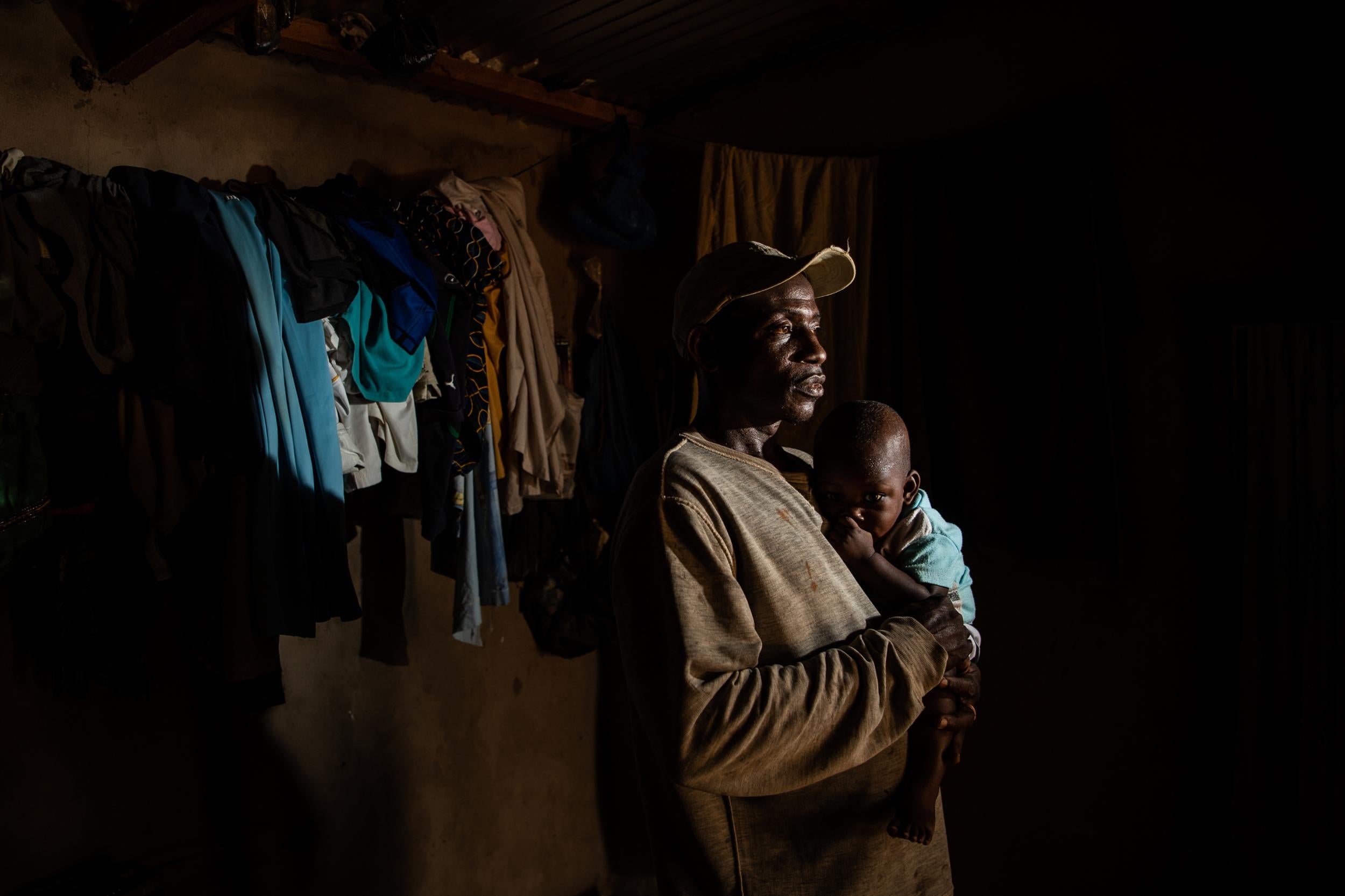
“Everything here was once forest,” Abou, 35, said earlier this year as he walked along a shady path that connects his cocoa farm with the tiny hamlet of Gloplou in western Ivory Coast. He pointed to some of the once-towering trees that had been cut down, their wide trunks left to rot.
The additional farmland has enabled Abou to support his wife and six children, although just barely. They live in a two-room hut, one of about 20 in the village. After a bumper cocoa crop last year, the state-owned monopoly slashed prices by 36 per cent. This year, the stingy prices have combined with a poor crop to leave Abou with just $600 (£470) in earnings.
“We do all the work manually and we get just a small amount of money,” he lamented as one of his children cried in the background. “When these kids do not go to school, they start asking us why we are not sending them. It is so hard for us.”
***
Nearly 5,000 miles and a world away, in a factory in the heart of Pennsylvania dairy country, Mars transforms the beans grown by Ivory Coast farmers such as Abou. The beans are roasted, milled and blended. Bitter nibs burst into a panoply of flavours. The factory is infused with the aroma of chocolate. In a pristine room with high ceilings, the liquefied chocolate is poured into moulds for Dove bars and fed into wrapping machines. A mechanical arm sucks up the finished candies and drops them into bags.
Mars prides itself on its sensitivity to climate change. In 2009, it was the first global chocolate company to pledge to use only sustainable cocoa. Five years later, it became the first US company to join RE100, a group of companies vowing to get all of their electricity from renewable sources.
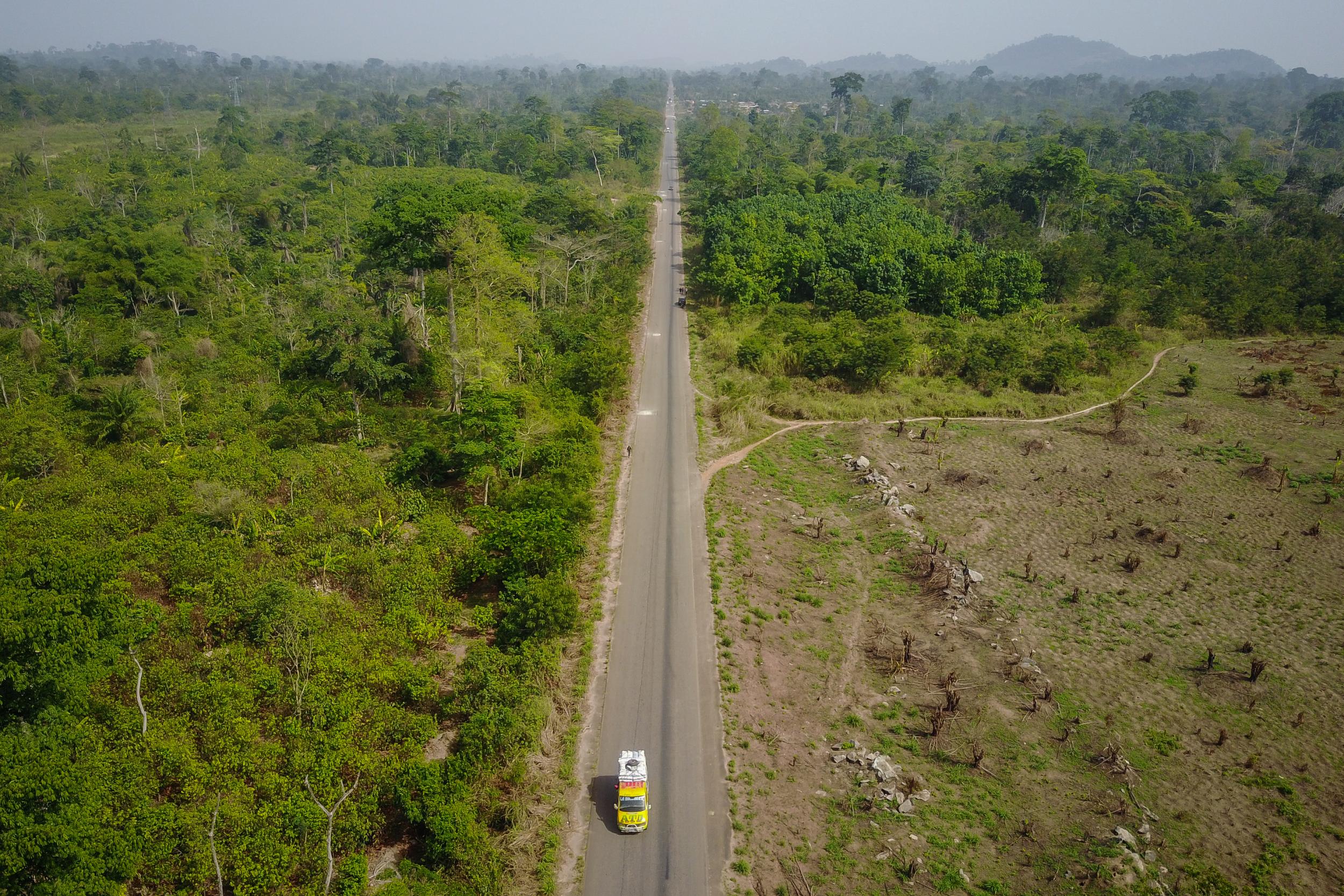
Founded a century ago around a kitchen table, Mars, based in McLean, Virginia, is still family-owned and operates 150 factories in more than 80 countries. It purchases enough solar and wind power to meet the needs of its operations in Belgium, Brazil, Lithuania, the United Kingdom and the United States, and, since 2007, has cut its emissions by 25 per cent.
Parkin says managing for climate change makes good business sense. “The emergence of more efficient solar and wind means we can source renewable energy at a lower cost than fossil fuels. This is not fanciful anymore,” he says. “Every deal we’ve done, we’ve saved money.”
Mars – which also makes Wrigley’s gum, Uncle Ben’s rice and Pedigree pet food – looks beyond its own operations when calculating its carbon footprint. Unlike two-thirds of the 50 largest food and beverage companies in the US and Canada, Mars looks at its entire supply chain, including the land-use decisions of West African farmers.
By that method, Mars says it emits 25 million tons of carbon a year. The vast majority – three-quarters of emissions – comes from agriculture, with 8 million tons coming from deforestation alone.
That task of doing something about it has fallen mainly on Parkin. In many companies, the sustainability chief is a public relations executive. But Parkin is head of both procurement and sustainability, merging two tasks that are often at odds.

At Mars, executives worry about the destructive effects of global warming on the agricultural commodities they need to buy. In addition to battling deforestation, the company has called for “a serious price on carbon”, Parkin says. Mars has joined a campaign to lobby congress to establish an “ambitious” carbon pricing system that would tax emitters.
Under a tax of $50 per ton, Parkin says, Mars would owe more than $1bn a year. Congress has shown little interest in the idea. But Parkin nonetheless thinks “there will be a competitive advantage in having a smaller carbon footprint than our competitors”.
Mars and other members of the World Cocoa Foundation also have begun to urge West African farmers to plant cocoa trees in the shade of older trees rather than cut them down. But the idea has never been popular among farmers. Shade reduces the size of cocoa harvests and delays first yields. And some farmers, especially those illegally occupying land, fear that loggers would cut down the trees anyway without paying for them.
Satellite photos and data collected by the University of Maryland show the forest cover continuing to shrink.
***
The giant chocolate companies are not solely to blame for not stopping deforestation. Environmentalists accuse governments, too.
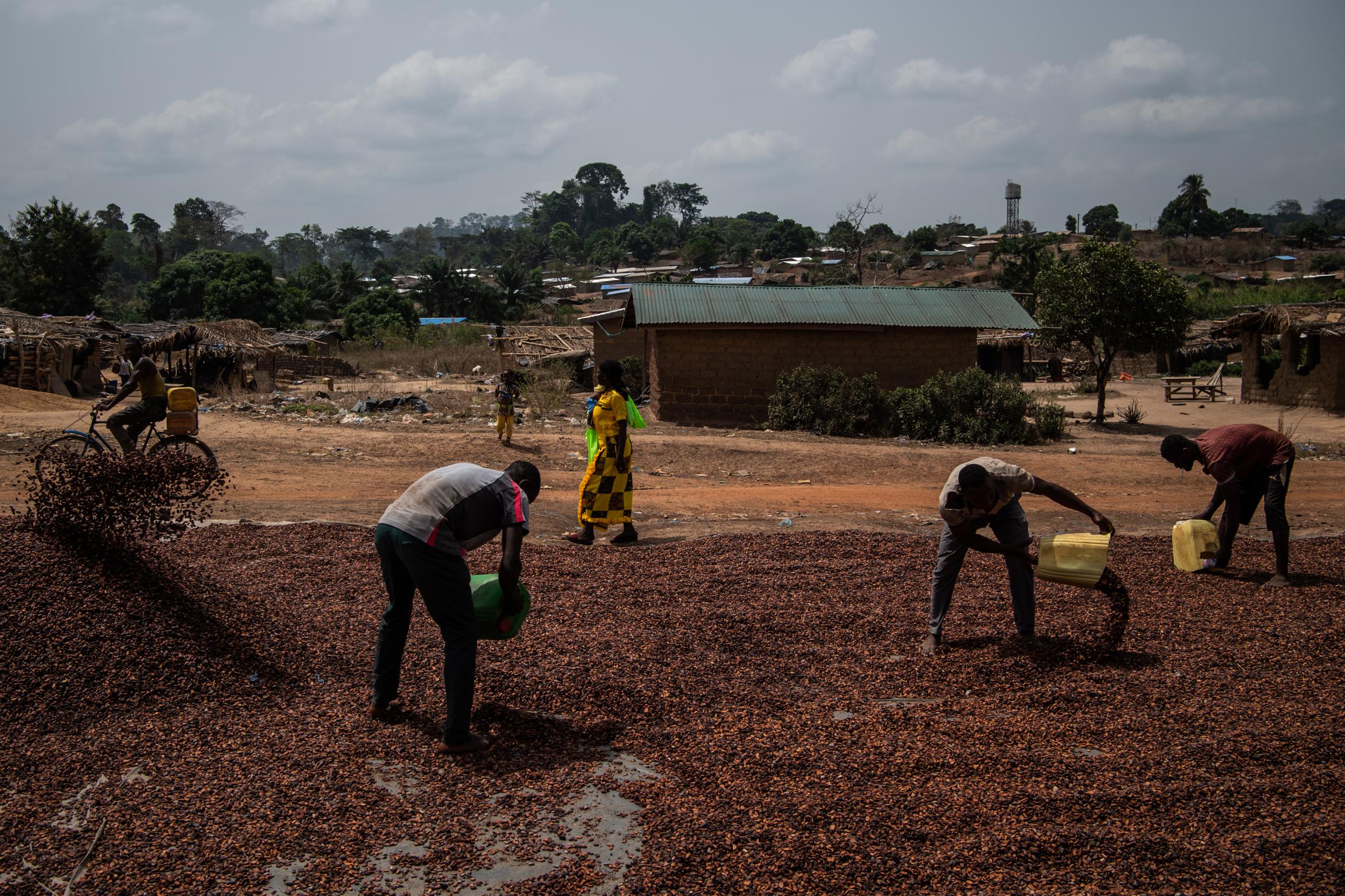
Ivory Coast has created national parks and set aside other forests, but has not protected them. About 40 per cent of the country’s cocoa crop comes from those areas, says Etelle Higonnet of Mighty Earth, a US-based environmental group that issued a report called Chocolate’s Dark Secret. The Marahoue National Park alone has 30,000 illegal inhabitants, according to one estimate, including small farmers and refugees from the poor, drought-ridden and strife-torn countries of Burkina Faso, Mali and Niger.
And as unrest rocked Ivory Coast in the early 2000s, stopping deforestation slipped down the government’s list of priorities.
Earlier this year, Vivid Economics, a consulting firm working with the Ivorian Ministry of Planning and Development, warned that “total loss of rural forest remains likely within a decade” in the country’s southwest region. At current rates, the report added, the entire forest in Biolequin, a major reservoir of virgin forest, could “disappear in less than a decade”.
Corruption is “pervasive”, according to the financial auditing firm KPMG, which told investors that Ivory Coast ranks 108th out of 176 countries. The distribution system for cocoa, too, “is often erratic and is subject to corruption and capricious political interference”, according to a 2017 World Bank report.
Small farmers occupy the lowest rung of the cocoa beans’ journey. They sell to middlemen, known as “pisteurs”, who transport and sell bags of cocoa beans to cooperatives. The cooperatives then sell to large international trading houses such as Olam, Cargill and Barry Callebaut, which then sell to chocolate companies such as Mars.
In Ghana, the Ghana Cocoa Board (Cocobod) is the intermediary between farmers and foreign buyers. Last year, Cocobod squeezed the nation’s farmers by lowering prices below international market rates. Agnero, the activist, says that is pushing farmers deeper into the forests to enlarge their crops.
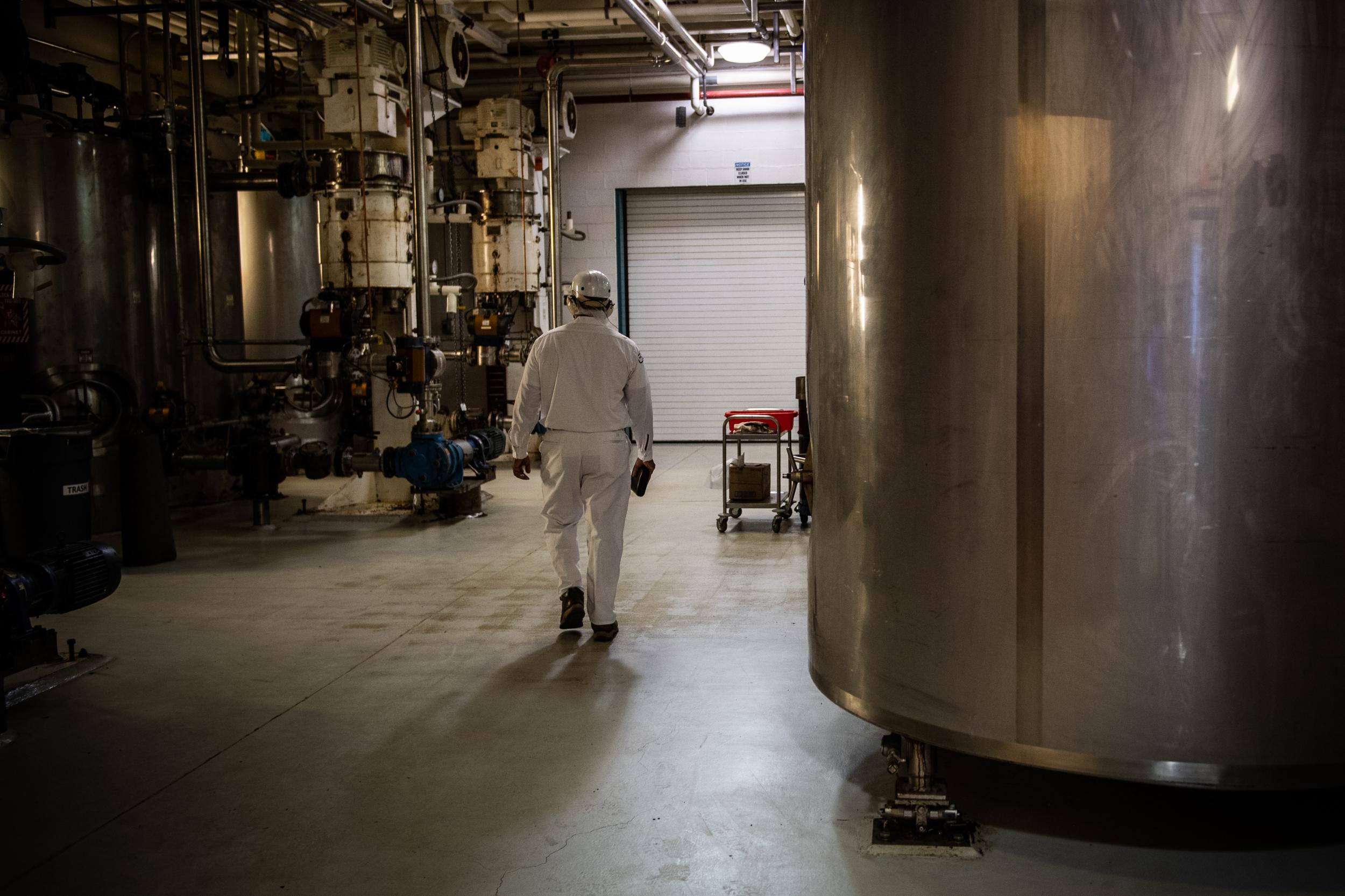
Ghana defends its record. It cites a tree-planting campaign by young Ghanaians as well as an alphabet soup of other strategies. In July, the country signed a deal with the World Bank, freeing up $50m to combat deforestation. “Ghana is, indeed, not alone in this fight to keep the forest heritage for the present and future generations,” the Forestry Commission says.
In Ivory Coast, Alain-Richard Donwahi, the minister of water and forests, says that a new forest code adopted in July by the National Assembly would create a “legal framework” to protect forests. However, he says, the $1bn cost remains a “major challenge” and help from the private sector will be “essential”.
The code calls for clearing all people out of the least-damaged forests; there, Donwahi says, “no human presence is tolerated”. In forests with some degradation, people will be removed over three years. And where damage is greatest, farmers will be resettled.
But ousting farmers from forest land has been a struggle. After Ivory Coast tried to drive farmers out of protected areas in 2016, Human Rights Watch said evictees had “suffered extortion and physical abuse by forest conservation authorities”, who demanded “gifts” – sometimes in cash and other times in livestock.
“While conserving forests can play an important role in combating climate change, environmental protection measures should respect the human rights of people living in protected forests,” Human Rights Watch said. Donwahi says “human rights will be respected” in implementing the new policy. But he calls on chocolate manufacturers to do more. “It is well known that cocoa beans supplying factories of chocolate companies is one of the major deforestation causes” in Ivory Coast, he says.
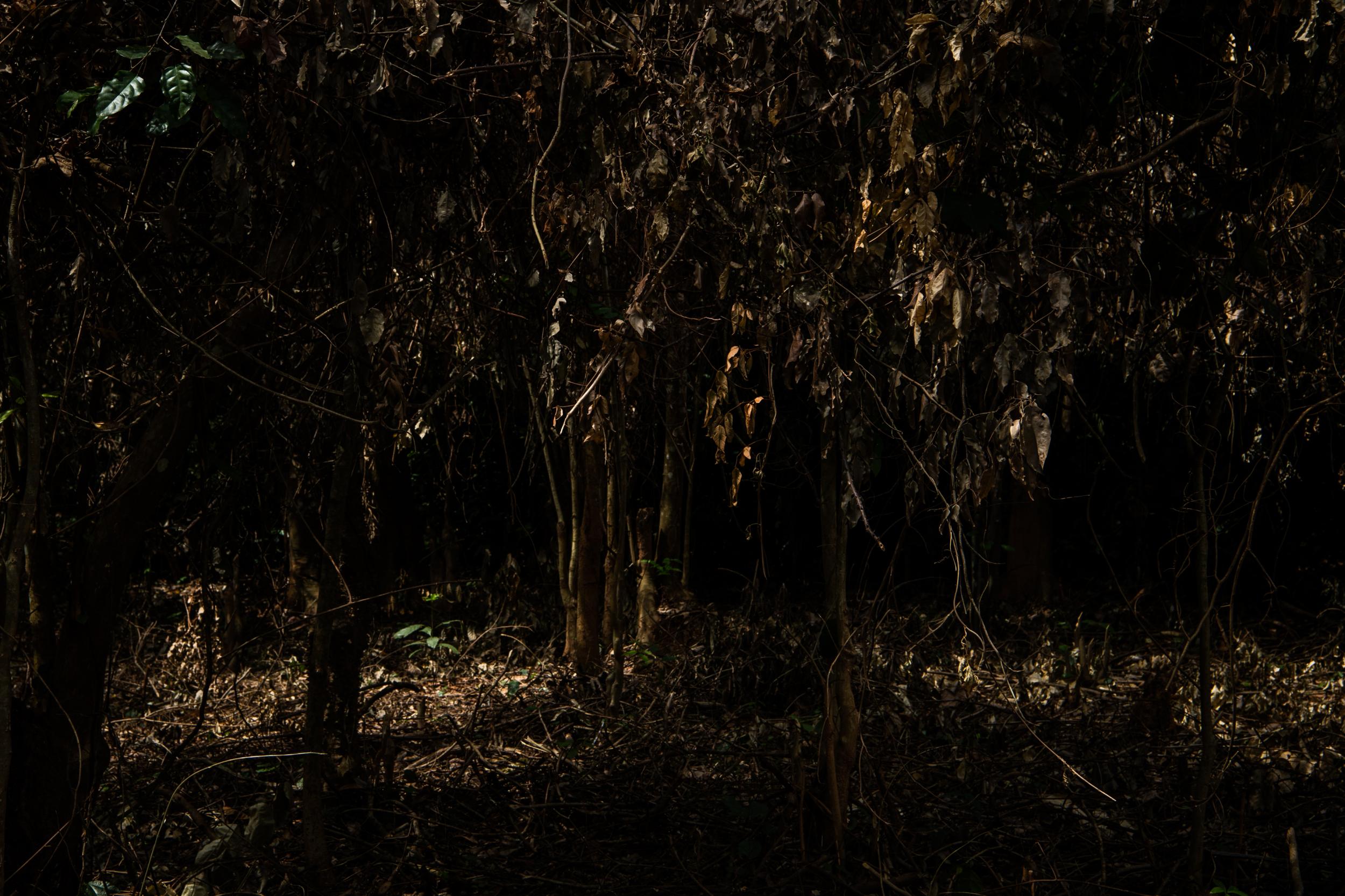
***
In 2011, Mars’s Dove chocolate gained the Rainforest Alliance’s seal of approval, which assures consumers that the cocoa came from farms that did not use child labour, harm wildlife or chop down trees. Dove’s Silky Smooth dark chocolate began sporting the alliance’s green frog seal in January 2012.
Then the Rainforest Alliance revealed that its certification system had failed; it could not vouch for every cocoa shipment. In Ivory Coast, it suspended or fired four auditing firms responsible for 90 per cent of certifications awarded last year. “We have discovered that noncertified cocoa has potentially been entering certified supply chains,” the group said on its website. It did not specify when the lapse took place.
It was a blow to Rainforest Alliance, which trains auditing groups and pays them to inspect cocoa farms and cooperatives. Using soccer-style penalty cards, Rainforest Alliance last year issued several yellow cards to auditors and one red card.
The breakdown occurred chiefly among auditors approved by UTZ, a Dutch certification programme that merged with Rainforest Alliance last year. The sole red card – for “repetitive” and “structural” flaws – went to Control Union, which last year issued 20 per cent of all certifications in Ivory Coast for UTZ. Only 13 of 24 UTZ certification auditors in the two countries have been approved this year.
Today, Rainforest Alliance certifies about half of Ivory Coast’s cocoa. The other half is purchased by companies such as Nestle and Mondelez, which rely on their own standards and sourcing programmes. Rainforest Alliance chief executive Han de Groot says the company can trace certified cocoa beans back from ships to farms. But industry experts say that would require a census, surveys and satellite maps that aren’t available. De Groot concedes that unreliable GPS coordinates for farms and forests have been a problem.
One major chocolate company, Barry Callebaut, says it has built its own database with information on 185,000 farmers, their families, their trees and the outlines of their land. It says it has 300 people monitoring practices on the farms, and that it has developed a method of planting trees that would use drones to shoot seeds into the ground at a rate of 100,000 a day. “This is revolutionary,” says Pablo Perversi, the company’s chief of innovation, sustainability and quality. But he says ending deforestation “is not really the role of the companies”. He says “a lot” of the responsibility belongs to the government.
Next year, chocolate companies in Ivory Coast plan to use GPS coordinates to map about 1 million of the country’s 1.6 million farms, says Richard Scobey, a longtime World Bank official who now heads the World Cocoa Foundation. That would help companies and international groups detect new encroachment on forests.
Ruf, the French agricultural expert, has decried the “declarations and zero-deforestation slogans”, writing that “nothing has changed”.
Mars is cautious, too. “Supply chains, the engines of global growth, are broken,” Parkin said in September 2018 at the international climate conference in Poland. “We can no longer treat these as commodities of unknown origin and unknown climate impact. You’ve got to radically change how you source these materials.”
© Washington Post
Join our commenting forum
Join thought-provoking conversations, follow other Independent readers and see their replies
Comments